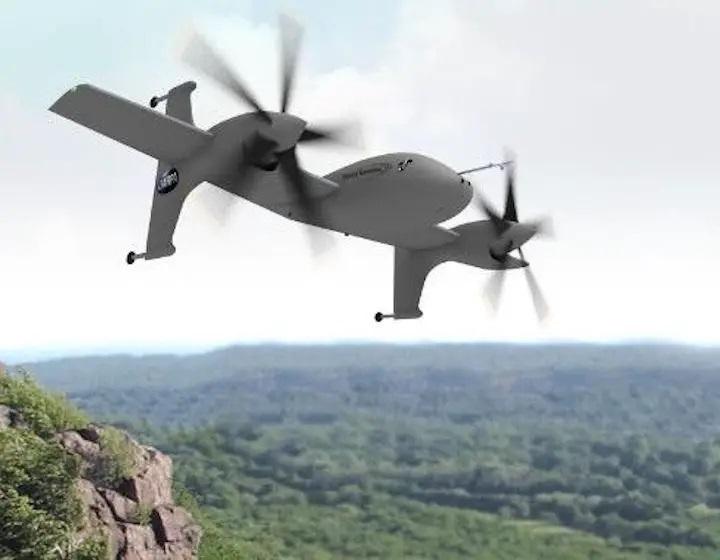
Sikorsky studied the Rotor Blown Wing under DARPA’s mid-2010s VTOL X-Plane program.
Credit: Sikorsky
Sikorsky is planning to fly a subscale uncrewed aircraft in its Rotor Blown Wing (RBW) vertical-takeoff-and-landing (VTOL) configuration, according to a petition for exemption to certain airworthiness regulations filed with the FAA in June. Sikorsky is seeking experimental-category certification of...
Subscription Required
This content requires a subscription to one of the Aviation Week Intelligence Network (AWIN) bundles.
Schedule a demo today to find out how you can access this content and similar content related to your area of the global aviation industry.
Already an AWIN subscriber? Login
Did you know? Aviation Week has won top honors multiple times in the Jesse H. Neal National Business Journalism Awards, the business-to-business media equivalent of the Pulitzer Prizes.





